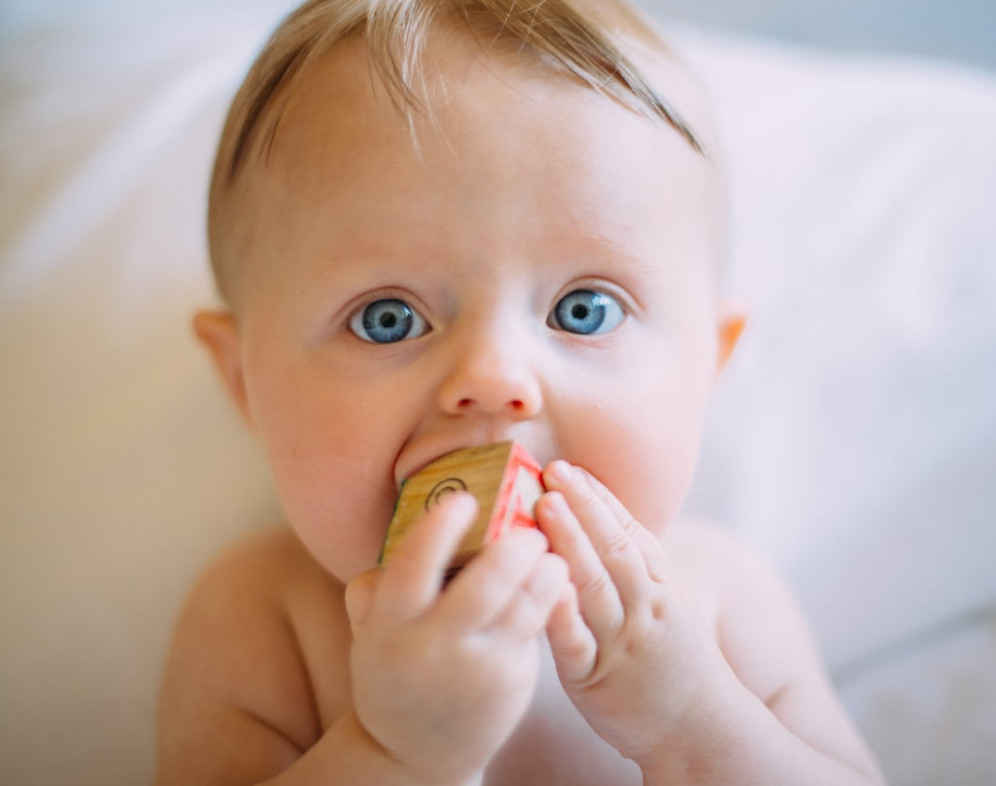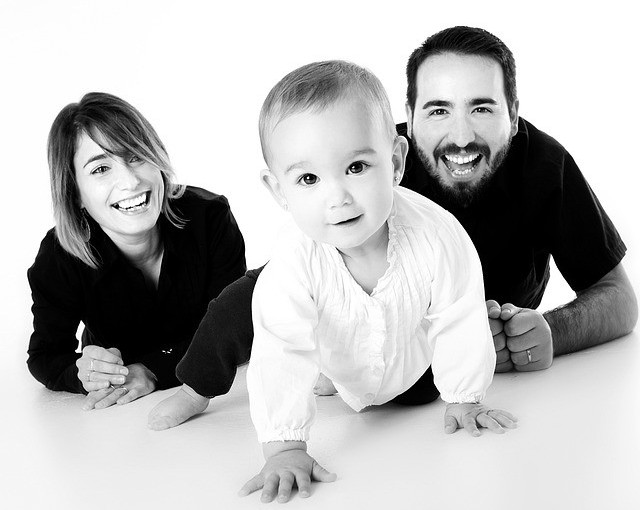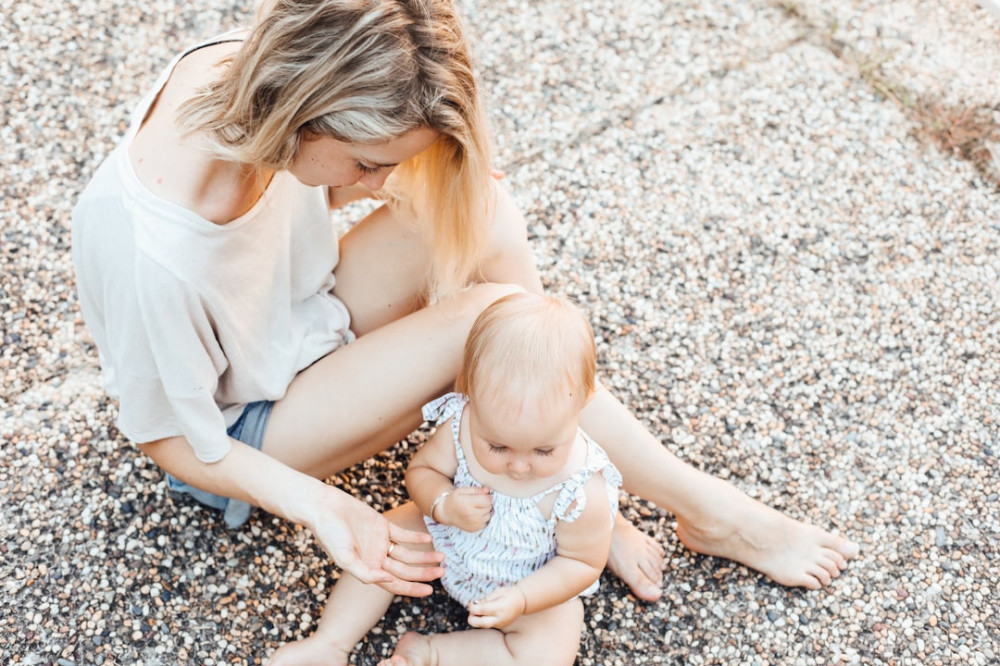
Your baby at 5 months will be demonstrating the fun characteristics that started at 4 months with more
established features. You will see more smiles and giggles. As your baby see your fun reactions towards what
he/she is doing, the more surprising tricks will begin to come out.
What Your Baby May Be Doing at 5 months
At this age, your baby is all personality. As your baby’s vision and hearing are almost completely developed,
he/she will beeagerly taking in everything she sees, and babbles more, seemingly enjoying hearing himself
makes sounds.More babblingfrom your little one, so encourage your baby’s babbling by talking with your
baby a lot. Your baby begins to recognize thename you have thoughtfully chosen to call him/her, and turns
toward you when you say it. Vocalizes when. you talk to him/her. May imitate our facial expressions and
observes your reaction to whatever he/she does. Tries to imitate sounds he/she hears. Listens intently and
can hear almost as well as adults.
Spontaneously smile is more seen.
As fine motor skills begin to develop, your baby would try to reach for objects or toys, and object or cries if
you try to take the toys away. Starts to look for objects that slips from his /her hand, Holds a firm grip and
does not want to let go,More head control and push-ups when placed on the floor on his/her stomach.
Can keep leg up in the air and kick them about freely.
You may see your baby able to keep head level when pulled to a sitting position. You may even be able to see
your baby pull up to standing position, or stand holding on to someone or something.
Learning
Likes to explore whenever the opportunity is there. Focuses well but prefers to look at object about 3 to 6 feet
of him/her. Is very curious to handle any objects close by. Detects a sound source accurately by turning
towards it. Drop one object when another object captures his/her interest.
Social and Emotional
May form an attachment to a cuddly toy or other comforter and likes to have this objects close to him/her
when going to sleep. Can play on his /her own for short periods. Would show interest in new surroundings.
Complains when you try to remove a toy from his/her hand. Smiles and vocalizes to attract attention. Can be
shy in the company of strangers.
.
Early Cup Training
Whether your baby started on the cup in the fifth month, eight month, or the eighteenth month, there’s
certainty of the factthat your baby will eventually get all her fluids from one. And teaching your baby to drink
from a cup early offers certain
important advantages. For one, he/she learns that there’s a route to liquid refreshment other than the breast or the bottle,
an alternative that will make it easier to wean from either both. For another, it provides an additional way to give fluids.
A five-month-old is markedly malleable. If you wait until your baby is a year to introduce a cup, you will likely encounter
considerable resistance. Not only will your baby be stubbornly set in his/her ways, but will apt to sense that giving in to a
cup will lead to giving up the breast or bottle. And even if the cup is accepted, it may take a while before the skill sets in,
which means that it could take weeks or months before a significant amount is taken from it, therefore it will take weeks or
months before weaning takes place.
Choose a Compatible Cup
You may have to experiment with several cups to find one that your baby will really like, as the type of cup preferred differs
from baby to baby. Some babies favor a cup with one or two handles they can grip, others prefer a cup without handles.
A cup with a spouted lid theoretically offers a nice transition from sucking to sipping.
Teaching your baby to drink from a cup will be a messy affair. For a while, you can expect more drip down from her chin
than actually swallowing the fluid down. So until your baby becomes proficient, keep her protected with a large waterproof
bib during the drinking sessions.
Have your baby securely on your lap, in an infant seat or propped up in a high chair. Fill the cup with water or you can try to
fill it with expressed breast milk or formula, and eventually diluted juice.
Sip-at-a-time Technique
Place a small amount of fluid in the cup. Hold the cup to your baby’s lips and pour a few drops into her mouth. Then take
the cup away, giving her a chance to swallow without gagging. Stop each session when your baby signals that he/she had
enough by turning head away from the cup, pushing the cup, or starting to fuss.
Even with this technique, you can still expect that almost as much liquid will exit from your baby’s mouth as it enters it.
Eventually, with plenty of practice, patience, and perseverance, more will make its mark than escape it.
Your baby may try to grab the cup from you, with a “I’d rather do it myself” attitude. Let the desire for independence be
experienced, with guidance. Don’t worry if there would be spills – as it is part of the learning process.
If your baby resists the cup, even after a few tries, and even after you have tried several liquids, and several
different types of cups, don’t pressure your baby to accept it.
You can shelve the project for few weeks before starting again. When you try again, use a different new cup to generate the
excitement. You can even to let your baby hold an empty cup.

I want you to feel that you can reach out to me if ever you have questions or want to share ideas that you have related to the care of babies, growing premature babies, and the overall health issues pertaining to the care of babies OR just drop me a comment to just say “Hello” or “what’s up”.
All The Best,
Maria Teresa
BabiesBuddies.com


